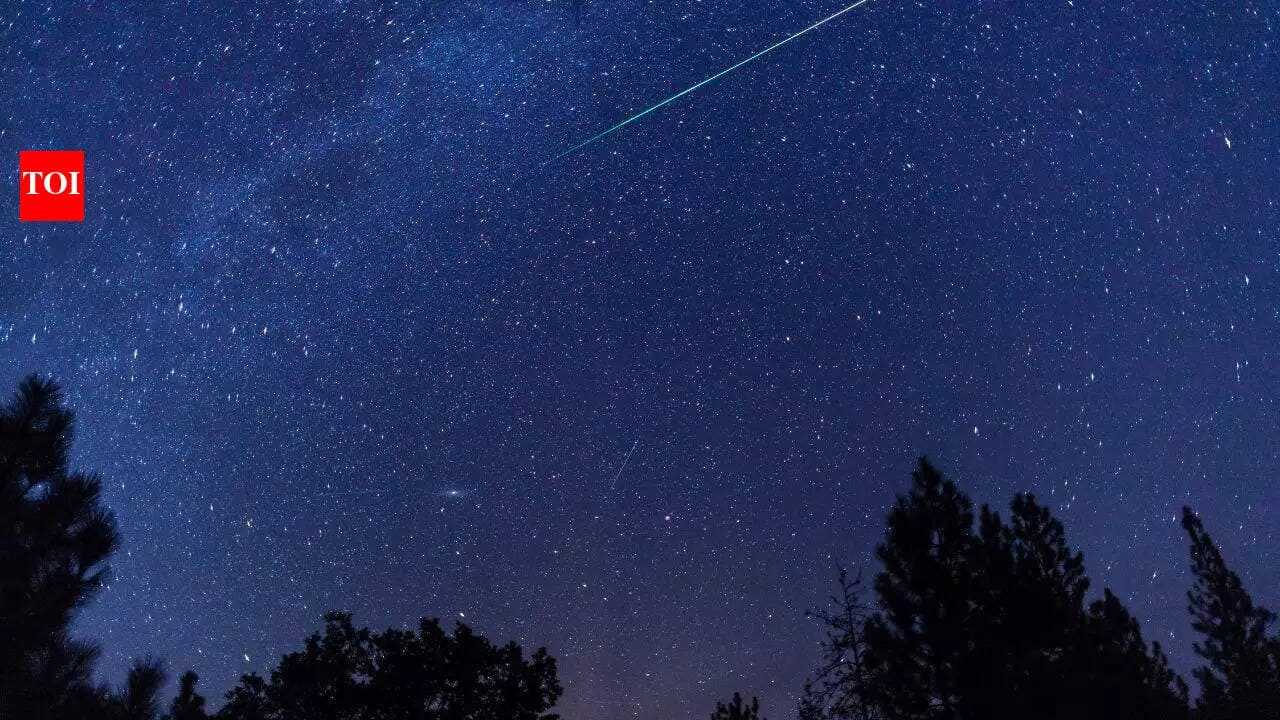Leonid Meteor Shower Peaked Over Morgan County, Modest Display Observed
The Leonid meteor shower reached its peak the night of Nov. 17 into the early morning of Nov. 18, 2025, producing a modest display rather than a major storm. Local observers under dark skies reported seeing roughly 10 to 15 meteors per hour, an experience that offered residents a chance to connect with the night sky while highlighting disparities in access to dark viewing spaces.

The annual Leonid meteor shower reached its expected peak the night of Nov. 17 into the early morning of Nov. 18, 2025, with forecasts predicting a modest show rather than a major storm. According to NASA and Space.com and reporting by Brendan Sanders on Nov. 17, skywatchers under dark, unobstructed skies could expect roughly 10 to 15 meteors per hour, with the best viewing after midnight when the shower's radiant in the constellation Leo climbed higher in the sky.
Technically the Leonids are among the fastest meteors visible from Earth, entering the atmosphere at about 71 kilometers per second. That speed contributes to the shower's reputation for producing bright fireballs and occasional earth grazers that skim the upper atmosphere at shallow angles. Those traits made the event noticeable to observers who had clear horizons and minimal light pollution.
For Morgan County residents the event underscored both the opportunities and the inequities surrounding access to the night sky. Rural and low light areas of the county offered the best views, while residents in more developed or brightly lit neighborhoods reported fewer sightings. Astronomical events like this often serve as low cost public science experiences, yet their accessibility depends on transportation, safe public spaces, and awareness of viewing windows.
Practical viewing tips offered by the technical sources included looking roughly 40 degrees above the shower's radiant in Leo, allowing 20 to 30 minutes for eyes to adapt to darkness, and finding a wide unobstructed sky. Local stargazers who observed the peak encouraged layering warm clothing and choosing locations with safe parking and minimal roadside hazards. Organizers of community viewing could help by designating safe, accessible spots and by providing outreach for residents who lack private transportation.
The public health angle is subtle but real. Nighttime travel to remote viewing areas raises concerns about road safety in winter conditions, and prolonged exposure to cold can affect vulnerable residents such as older adults and young children. Community centers, parks departments, and volunteer groups can reduce those risks by offering organized viewing events with basic amenities and by prioritizing accessibility for people with mobility challenges.
While 10 to 15 meteors per hour is modest by astronomical standards, the Leonids offered Morgan County a shared moment of wonder and a reminder of the value of public dark skies. Local leaders and organizations may take the opportunity to consider how to make future celestial events more equitable and safer for all residents while promoting outdoor learning and community engagement.


